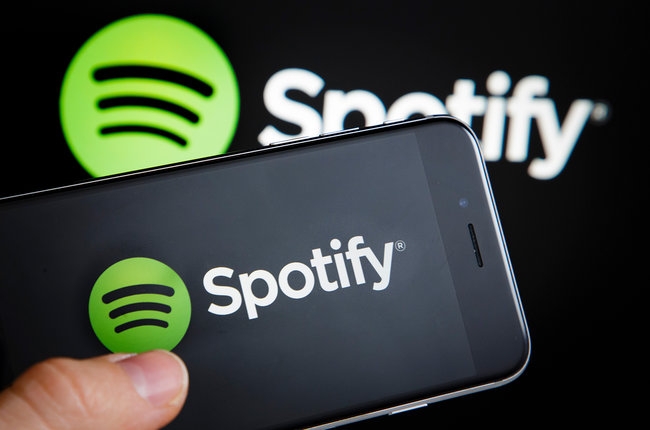The music industry is poised to face its third consecutive year of growth in 2017, thanks to paid subscription streaming services like Spotify. Yet, as it approaches its much-anticipated IPO, that company has yet to convince investors of its future profitability.
The streaming service recorded revenues of 1.9 billion euros ($2.2 billion) in the first half of 2017, according to sources familiar with the matter, which was first reported by The Information. That figure is already nearly 70 percent of the revenue that Spotify reported in the entirety of last year and is on pace to reach 4.1 billion euros (US$4.9 billion) by the end of 2017, a 40 percent increase year-over-year from 2016. Such projections align well with the streaming service's aggressive user-acquisition strategy, which has grown its subscriber base by 40 percent over the last year.
As expected, Spotify also recorded significant operating losses, which sources estimated were anywhere from 100 million to 200 million euros in the first half of 2017. This suggests an improvement in pace from 2016, during which total operating losses were 556.7 million euros.
Yet, considering that royalty and distribution costs totaled nearly 85 percent of Spotify's revenue last year, 2017's total lift in losses is still expected to be only marginal. Spotify did successfully negotiate lower royalty rates with Sony Music Entertainment in July and is pursuing similar agreements with other labels in the hopes of boosting its financial performance.
A more optimistic lens on Spotify's financials may be its gross margins, which increased from 15 percent in all of 2016 to 22 percent in the first half of 2017. Nonetheless, such figures still lag behind those of comparable public companies such as Netflix, which reported gross margins of 35 percent last year.
There is debate around whether Spotify could, or even should, replicate Netflix's business model and financials once it goes public. While the two services have plenty of features in common, they fulfill fundamentally different consumer needs and operate on vastly different licensing models tied to how their respective industries are organized.
Spotify continues to weigh its options on the best means for going public; it may do so through a direct listing, which doesn't involve raising cash and allows all shares to be traded freely. As of late September 2017, private trades in Spotify shares were valuing the Swedish company at about $16 billion, which may surge even higher to $20 billion by year's end if it successfully mimics Netflix's performance.








